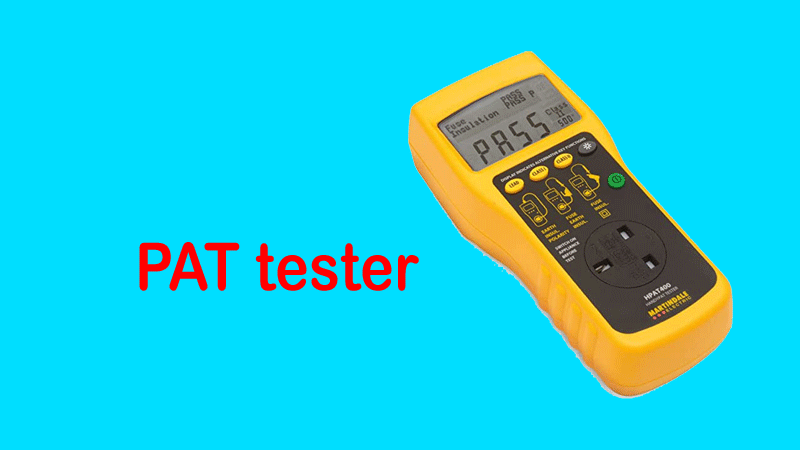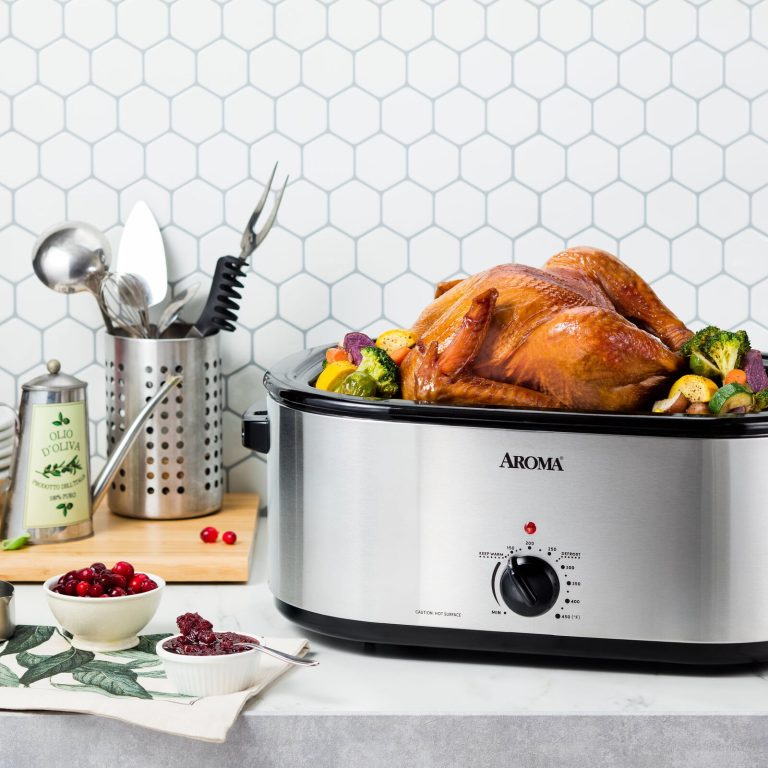
If your business deals with electrical equipment, you’re likely familiar with the industry’s strict safety and testing regulations.
The PAT tester is one of the most important devices for completing routine electrical safety checks. You’ll need these devices to ensure your organisation meets regulations and that your employees stay safe.
This article will go through everything you need to know about PAT testers and PAT testing, including the available device types and features.
What is PAT testing?
PAT stands for portable appliance testing. The term PAT testing is redundant—but that doesn’t stop it from being the most popular term to describe the process!
Some other terms you might come across include PAT inspection or simply PAT.
In Australia, New Zealand, the United Kingdom, and the Republic of Ireland, PAT testing is a routine and critical element of electrical safety testing.
The PAT process involves:
- Visually inspecting equipment and flexible cables to ensure good condition,
- Verifying grounding continuity,
- Testing insulation quality between exposed metal and current-carrying parts.
A PAT inspection will result in either PASS or FAIL. The exact parameters for these results depend on the equipment the user is testing.
What is a PAT tester?
A PAT tester is a dedicated device for testing portable appliances and undertaking routine PAT checks.
Unlike other testing devices, PAT testers typically do not require multiple test leads. Instead, the user simply plugs the appliance into the tester and attaches a fly lead or ‘wander lead’ to the equipment they’re testing.
Most modern PAT testers feature a digital screen indicating whether the appliance has passed or failed the test. Some devices offer added features like label printing and Bluetooth capabilities.
Types of PAT devices
There are several different PAT devices, each with unique features and benefits. The device you choose for your business will depend on your budget and testing needs.
The four main types are:
- Pass/fail testers
- Advanced testers
- RCD testers
- Computerised testers
The most simple devices, pass/fail testers, are an affordable way to achieve accurate in-house testing. These tools typically have a ‘pass’ or ‘fail’ light and display earth continuity, polarity, and insulation resistance readings.
Advanced testers display more detailed information, including earth leakage tests, fuse tests, lead polarity, insulation resistance, and earth continuity resistance.
RCD testers can also test RCDs or residual current devices.
Finally, computerised PAT testers can send information to and from a computer for storage or printing, usually via Bluetooth. These devices can also connect with complementary test accessories like label printers and barcode scanners.
Choosing a PAT tester for your business
Portable appliance testers, like those from RS, are crucial for any business in the electrical industry. These small but powerful devices will ensure your company meets regulations while keeping your employees safe and sound on the job.
The type of testing device you choose will depend on your needs. Basic pass/fail testers should suffice for simple in-house testing, while an advanced or computerised tester may be necessary for more complex work.











